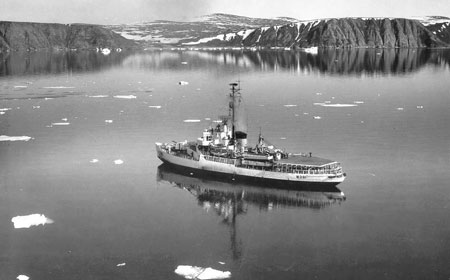
Western Pipe & Steel Company was created in Los Angeles, California, in 1906
by T.A. Hays and James A. Talbot. In 1917, Hays and Talbot acquired the Shaw-Batcher
Company Ship Works, in San Francisco, which had been established to build cargo ships
for the U.S. Shipping Board. Then, in 1918, they established Southwestern Shipbuilding
in San Pedro.
The onset of World War I gave Western Pipe & Steel Company its first step
into the shipbuilding industry. The Shipping Board’s contract with the
steel company called for the building of eighteen vessels about 5,650 tons each.
Between the wars, Western Pipe & Steel Company’s shipbuilding continued
with more than 30 gasoline and water barges and lighters. One of the most important
contracts awarded to Western Pipe & Steel Company during peacetime was for work
on the Grand Coulee Dam project in the 1930s. WPS was awarded the contract to
build the dam’s penstock (a structure that controls water flow) and pump inlet
pipes.
In the late 1930s, the Maritime Commission was set up and tasked with developing
a plan for replacing America’s ageing merchant fleet with more modern vessels
suitable for use as naval auxiliaries in the event of war. The commission introduced
the Long Range Shipbuilding Program in 1937, which set a goal of producing 500 new
merchant ships over a ten-year period. The commission began to offer public
contracts and the Western Pipe & Steel Company was awarded a $10 million contract
for the production of five C1 type cargo vessels. Later, WPS built the larger
and faster C3 type vessels.
In 1941, the U.S. Navy contracted work from Western Pipe & Steel Company
and a Navy grant enabled the construction of a second shipyard in San Pedro Bay, California.
The most notable ships built at the San Pedro yard were the seven Wind class icebreakers,
whose specifications were so imposing that Western Pipe & Steel Company was the
only bidder. The yard also built a number of small warships including destroyer
escorts, LSM’s, and Coast Guard cutters. In total, from 1941 to 1947,
Western Pipe & Steel Company build more than 100 ships.
In late 1945, shortly after the war, Western Pipe & Steel Company sold to
Consolidated Steel of California, which in turn sold to U.S. Steel in 1948.
